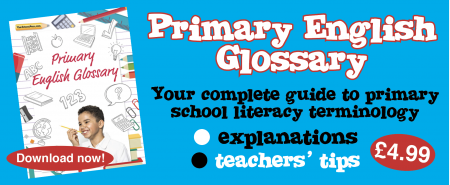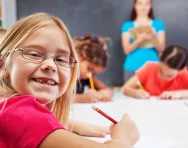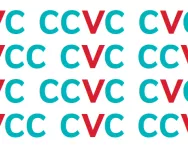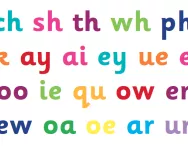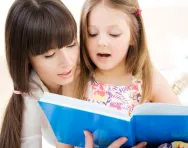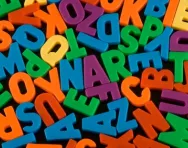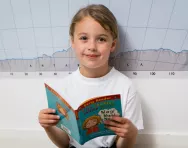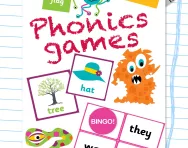Important update from TheSchoolRun
For the past 13 years, TheSchoolRun has been run by a small team of mums working from home, dedicated to providing quality educational resources to primary school parents. Unfortunately, rising supplier costs and falling revenue have made it impossible for us to continue operating, and we’ve had to make the difficult decision to close. The good news: We’ve arranged for another educational provider to take over many of our resources. These will be hosted on a new portal, where the content will be updated and expanded to support your child’s learning.
What this means for subscribers:
- Your subscription is still active, and for now, you can keep using the website as normal — just log in with your usual details to access all our articles and resources*.
- In a few months, all resources will move to the new portal. You’ll continue to have access there until your subscription ends. We’ll send you full details nearer the time.
- As a thank you for your support, we’ll also be sending you 16 primary school eBooks (worth £108.84) to download and keep.
A few changes to be aware of:
- The Learning Journey weekly email has ended, but your child’s plan will still be updated on your dashboard each Monday. Just log in to see the recommended worksheets.
- The 11+ weekly emails have now ended. We sent you all the remaining emails in the series at the end of March — please check your inbox (and spam folder) if you haven’t seen them. You can also follow the full programme here: 11+ Learning Journey.
If you have any questions, please contact us at [email protected]. Thank you for being part of our journey it’s been a privilege to support your family’s learning.
*If you need to reset your password, it will still work as usual. Please check your spam folder if the reset email doesn’t appear in your inbox.
What is decoding?
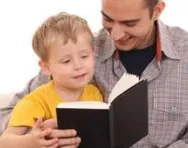
What is decoding?
Decoding is the process of seeing written words on a page and being able to say them out loud.
Decoding is concerned with sounds (phonemes), rather than the understanding of meaning. Sometimes teachers will comment that a child is good at decoding, but has poor comprehension. This means that they can read aloud very fluently, but have trouble understanding what they have read.
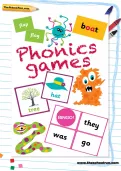
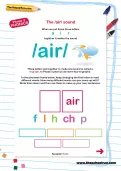
'At-home' phonics support kit
- Step-by-step phonics programme
- Your guide to phonics
- Worksheets & games
How children are taught to decode words
- Children will learn their letter sounds in Reception. This means knowing what sound to make when you see a letter written down.
- They will then progress to seeing CVC (consonant, vowel, consonant) words, which they need to read out loud, such as cat, log or Sam.
- Children will move onto decoding words with consonant clusters, such as st, tr, cr, sk, sm, etc. They will need plenty of practice in doing this and may need to see plenty of words with the same consonant cluster before they can decode them confidently. For example: a teacher may concentrate on the consonant cluster tr for a few days, so will give children various activities to do involving words containing this consonant cluster, such as: tram, trap, trip, trim.
- Teachers then move onto teaching children how to decode vowel digraphs. A vowel digraph is two vowels placed together that make one sound, for example: ai, oo, ea, ee etc. Again, teachers may concentrate on one digraph, for example /ai/, and give children various activities involving words with this digraph, such as: rain, train, pail, snail.
- Teachers also need to teach children to decode consonant digraphs. This is two consonants that are placed together to make one sound, such as: ch, sh, th.
Teachers will give children various activities to help them with their decoding of different sounds and words, for example:
- Reading specially-tailored phonics stories that concentrate on one particular sound at a time. For example: a story that has lots of words containing 'ch' in it.
- Guided reading sessions where children read aloud to the teacher and she or he helps children with sounding out words they are stuck on.
- Worksheets where several sentences are given, each with one word missing. Children need to cut out the words from a box at the bottom and put them in the correct place. These worksheets would usually deal with one sound at a time, so if the sound is 'oo' the words that need cutting out and placing might be 'boot', 'food', 'mood', 'foot'.
- Matching picture and word cards.
- Activities on the computer that involve choosing certain phonemes to make a whole word.
- Giving children cut-up cards with the following sounds on them and asking them to make words out of them:
| f | r | b |
| n | t | s |
| ai | oo | ea |
Learning to read: your child's year-by-year progress
By the end of Reception, children should be able to decode words with consonant clusters and digraphs.
In Year 1, children will start to learn more about the complexity of different letter strings and their sounds. For example, they will learn that the letter 'g' sounds different in 'great' than it does in 'gel'. They will also learn that one sound can be spelt in various different ways. For example: all these words contain the same vowel sound: blame, rain, say, however that sound is represented by different letters in each word.
Children in Years 1 and 2 need to be attempting to decode two- and three-syllable words. A two-syllable word they might come across is:
playing
Here they would need to apply their knowledge of phonics and sound out the word, then blend the sounds together. Teachers often help children to decode, by splitting up or underlining each individual sound:
p l ay i n g
In Years 2 and 3, children will be decoding three-syllable words such as:
computer animal telephone reporter
Again, when children struggle with these words during a guided reading session, a teacher will usually encourage them to sound them out. Teachers may also encourage children to use the picture alongside the text to help them. Another good strategy is to encourage a child to look at the whole sentence and then work out what the missing word is. In this way, a teacher is encouraging a child to use comprehension to help with decoding.
Once children are confident with phonics, teachers can spend guided reading sessions concentrating solely on the comprehension of a text. It is expected that by Key Stage 2 children are confident enough with phonics to not need further support, however this is rarely the case with a whole class, and often children need extra phonics support throughout their time at primary school.
Teachers will also encourage children to learn to spell high frequency words. High frequency words are words that appear very often in written texts. Here are some examples of high frequency words found at each stages of primary school:
Reception
me, you, of, and, man, can, had
Years 1 and 2
could, them, with, after, much, what, their, friend, house
Years 3 and 4
everyone, couldn't, suddenly, laughed, really
Often children will be given lists of high frequency words to take home and learn as spellings. This way they are becoming more and more familiar with these words so that they will be able to read them when they come across them in the various texts they read.
